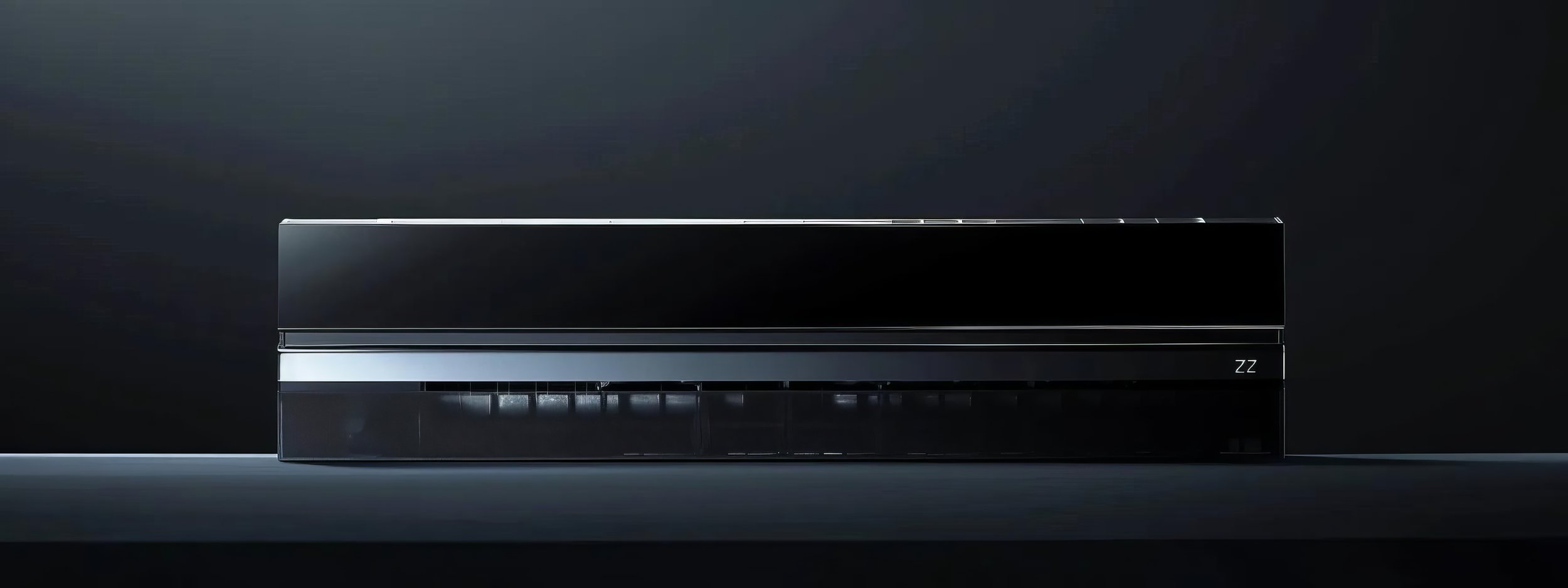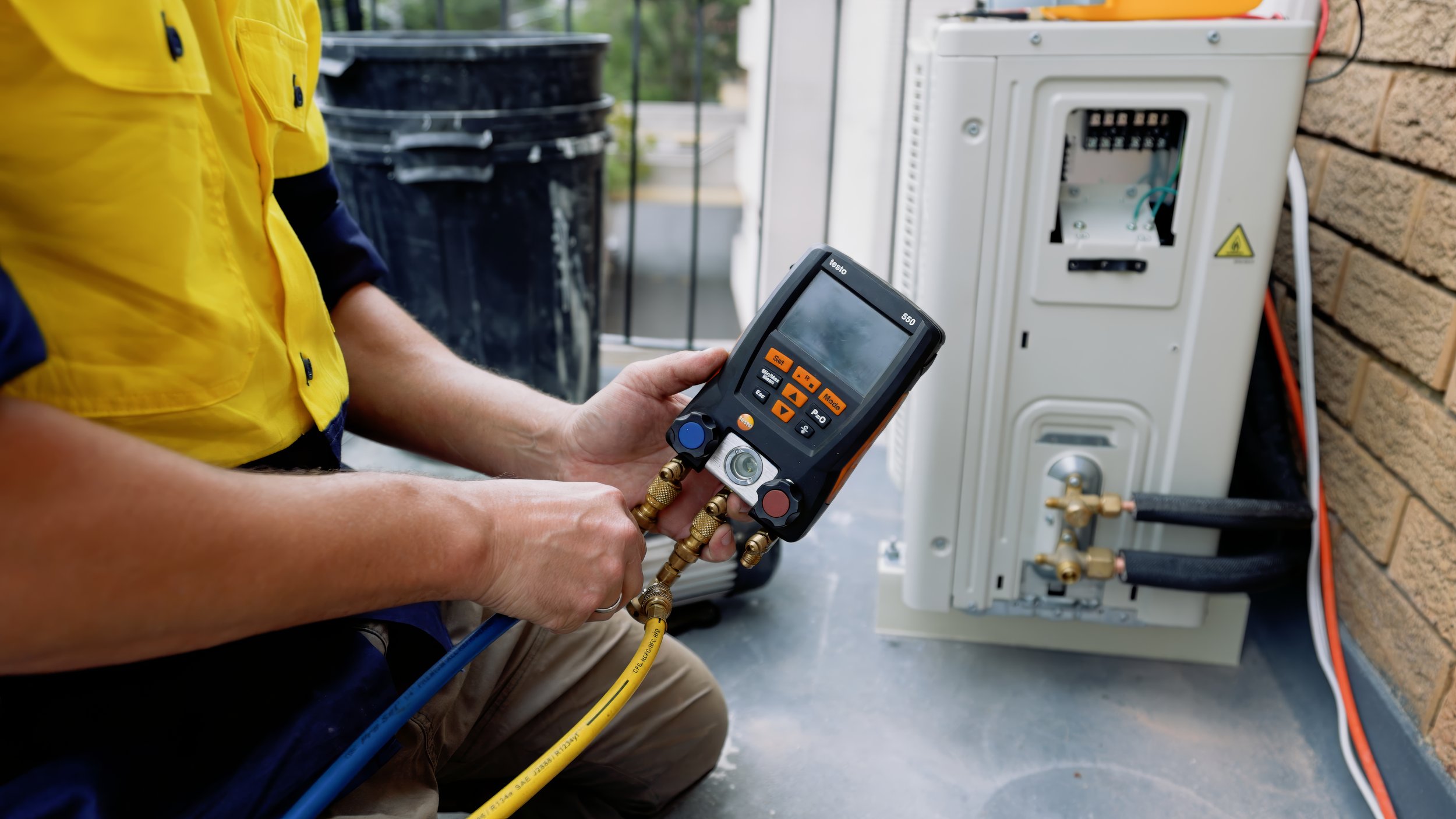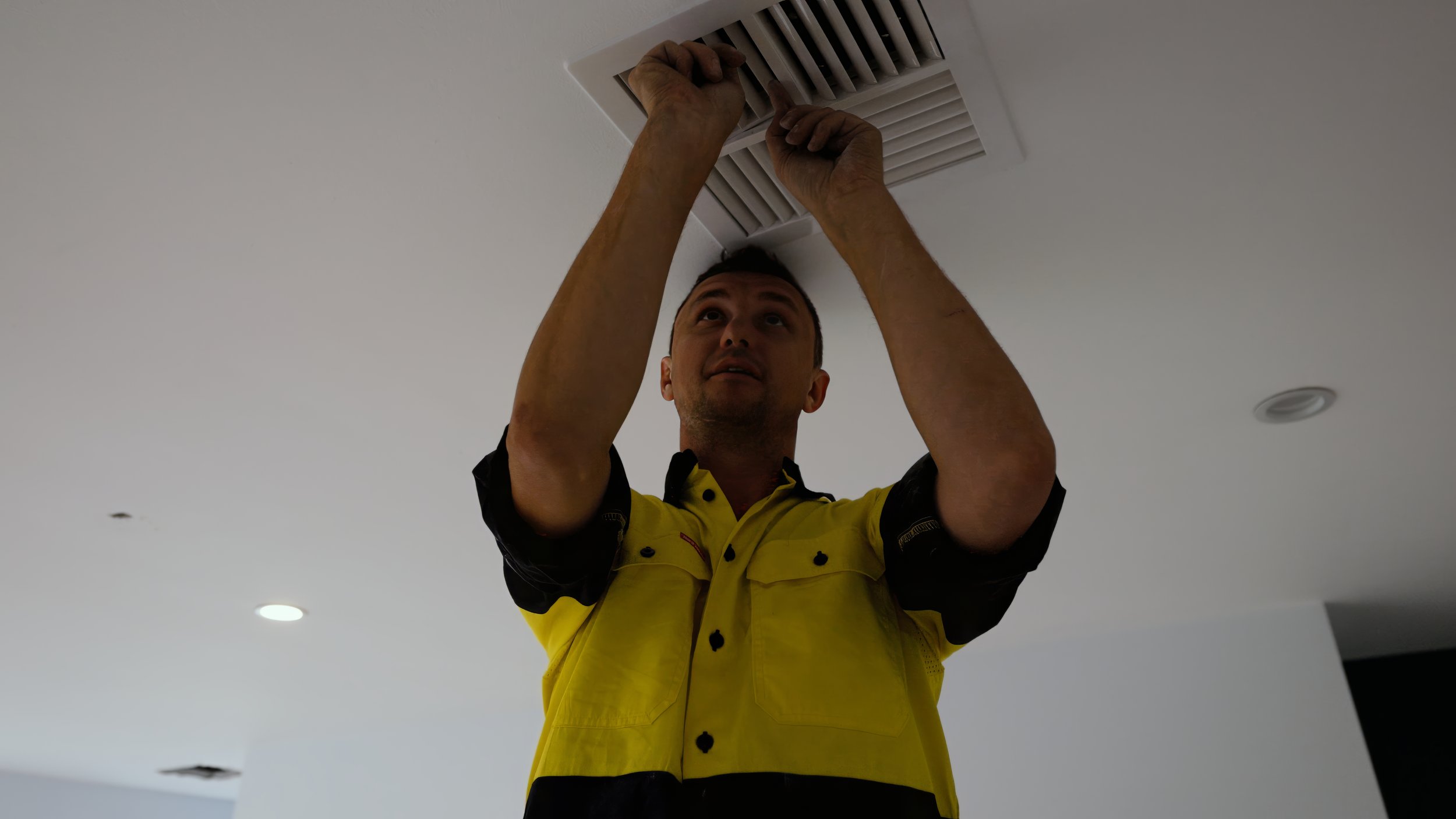Air conditioning installation cost in Sydney, 2024
Our comprehensive guide on air conditioning installation costs for Sydney!
When Sydney’s summer heat arrives, having a reliable air conditioning system isn’t just a luxury - it’s a necessity. But one of the most common questions I hear from homeowners and businesses alike is, “How much will it cost to install air conditioning?” With over 20 years of experience in the industry, I’ve seen it all - from simple installations in compact homes to complex systems in sprawling properties. In this article, I’ll walk you through everything you need to know about air conditioning installation costs in Sydney, so you can make an informed decision and avoid any surprises down the line.
Factors That Influence Air Conditioning Installation Costs
The cost of installing an air conditioning system isn’t a one-size-fits-all figure. Several key factors come into play, each impacting the final price. Here’s what I always consider when providing a quote:
1. Type of Air Conditioning System
The first and most obvious factor is the type of air conditioning system you choose. In Sydney, the most common options are split systems and ducted systems, but there are also newer technologies like VRV/VRF systems and multi-split systems that might be worth considering depending on your needs.
Split Systems: These are ideal for cooling individual rooms or specific areas. They’re generally more affordable to install, making them a popular choice for smaller homes or apartments.
Ducted Systems: If you’re looking for whole-home comfort, ducted systems are the way to go. They are more expensive upfront but offer seamless cooling across multiple rooms with the added benefit of hidden components.
VRV/VRF Systems: These are advanced systems typically used in larger homes or commercial properties. They allow for precise control of temperature in different zones but come with a higher installation cost.
Multi-Split Systems: Similar to split systems, but these allow multiple indoor units to be connected to a single outdoor unit, providing flexibility and efficiency in larger homes.
2. Size and Capacity of the System
Choosing the right size and capacity for your air conditioning system is crucial—not just for comfort but also for cost. A system that’s too small won’t cool your home effectively, while an oversized system could lead to higher energy bills.
When assessing your needs, I look at the size of the area to be cooled, the layout of your home, and the level of insulation. For instance, cooling a single room in a compact home is far different from maintaining a consistent temperature across a multi-story house. This assessment ensures we select a unit that’s perfectly suited to your space, avoiding unnecessary costs.
3. Complexity of Installation
The complexity of the installation is another major factor. Some installations are straightforward, while others can be more challenging, depending on your home’s structure and existing infrastructure.
Length of Copper Pipe Run: The distance between the indoor and outdoor units affects the cost. A longer copper pipe run requires more materials and labour, which increases the price.
Switchboard Location and Upgrades: The location of your electrical switchboard can also impact the installation cost. If it’s outdated or positioned inconveniently, it may need upgrading or relocating, adding to the overall expense.
Type of Air Outlets: The type of air outlets or diffusers you choose also plays a role. Round diffusers are generally more common, but four-way square diffusers offer better airflow control. The choice of diffuser can affect both the cost and efficiency of your system.
Outdoor Unit Placement: The location of the outdoor unit is critical. Whether it’s on the ground, mounted on a wall, or placed high up requiring a mechanical lifter, each scenario has its own cost implications.
4. Additional Costs
Beyond the basics, there are other factors that could add to the overall cost:
Zoning and WiFi Control: Adding zoning capabilities or smart WiFi control to your system allows for more precise control of different areas in your home. While these features increase the upfront cost, they often result in long-term savings by optimising energy use.
Electrical Upgrades: If your home’s electrical system is outdated, an upgrade may be necessary to support your new air conditioning system. This is something I always assess during the initial consultation to ensure there are no surprises later on.
Insulation Considerations: Poor insulation can lead to higher energy bills as your air conditioning system works harder to maintain a cool temperature. Upgrading your insulation could be a wise investment, although it does add to the initial cost.
Price Breakdown: What Can You Expect to Pay?
Based on the factors above, the cost of air conditioning installation in Sydney can vary widely. However, here’s a rough guide to help you budget:
1. Split System Installation Costs
Small to Medium Homes (1-2 rooms):
$1,500 - $4,000Medium to Large Homes (3-4 rooms):
$4,000 - $7,000
These costs include both the unit and the installation. Keep in mind that if you need multiple split systems installed, the cost can add up quickly.
2. Ducted System Installation Costs
Small to Medium Homes (Up to 150 sqm):
$8,000 - $12,000Large Homes (150-250 sqm):
$12,000 - $15,000Very Large Homes or Complex Installations:
$15,000 and above
Ducted systems offer comprehensive cooling solutions, but they require more extensive installation, including ductwork and electrical upgrades, which are reflected in the price.
3. VRV/VRF System Costs
Medium to Large Homes:
$15,000 - $25,000+Commercial Properties:
$25,000 - $50,000+
These systems are typically more expensive due to their advanced technology and the ability to precisely control temperatures in different zones.
How to Reduce Air Conditioning Installation Costs
While air conditioning is a significant investment, there are several ways you can reduce the overall cost:
Choose Energy-Efficient Models
Investing in an energy-efficient air conditioning unit might cost more upfront, but it will save you money in the long run through lower energy bills. Look for models with high energy star ratings or advanced inverter technology.
Install During Off-Peak Seasons
Consider scheduling your installation during the cooler months of the year. Demand for air conditioning services drops during autumn and winter, which can lead to lower installation costs and faster service.
Get Multiple Quotes
Always get multiple quotes before deciding on an installer. However, be cautious - some companies may offer a lower initial quote but hit you with hidden costs later. At Rapid Aircon Services, I make it a point to provide a detailed, no-hidden-costs quote upfront so you know exactly what to expect - Click here to book your free consultation
Plan for Long-Term Savings
Think beyond the initial installation cost. A higher-quality system with advanced features like zoning or smart controls may be more expensive initially, but it can save you money over time by optimising energy usage and reducing wear and tear.
Real-World Examples from Sydney Homes and Businesses
Over the years, I’ve had the opportunity to work on a wide variety of air conditioning installations across Sydney. Here are a few examples that illustrate the costs and outcomes:
Case Study: A Family Home in Sydney’s Sutherland Shire
A family of four needed a cooling solution for their newly renovated home. After assessing their needs, I recommended a Daikin 14 kW ducted system with zoning to allow separate temperature control for the living areas and bedrooms. The total cost came to $13,500, which included the unit, installation, and electrical upgrades. The family was thrilled with the consistent comfort throughout their home and appreciated the energy savings from the zoning feature.
Case Study: A Small Office in Sydney’s CBD
A small business wanted to upgrade their old, inefficient split systems to a more modern solution. We decided on a Mitsubishi 12 kW ducted system with a smart thermostat, which allowed them to control the temperature during office hours remotely. The installation cost was $11,000, and the business owners noticed a significant reduction in their energy bills within the first quarter.
Why a Detailed Site Assessment is Crucial
One of the most important steps in the air conditioning installation process is the site assessment. At Rapid Aircon Services, I always recommend a thorough on-site evaluation before providing a final quote. Here’s why:
Accurate Cost Estimation: A site assessment allows me to evaluate all the factors that could influence the cost - such as the length of copper pipe runs, the location of the outdoor unit, and the need for any electrical upgrades. This ensures you receive an accurate quote with no hidden surprises.
Tailored Solutions: Every home or business is different. By assessing your specific needs and challenges, I can recommend a system that is perfectly suited to your property, ensuring maximum efficiency and comfort.
Avoiding Hidden Costs: Some companies might offer a general quote over the phone or online, but without a site visit, it’s impossible to account for all the variables. This often leads to unexpected costs later in the process. My goal is to provide you with a clear, upfront quote that includes everything - from start to finish.
Investing in Comfort and Efficiency
Air conditioning is a significant investment, but with the right system and installation, it’s one that pays off in comfort, energy savings, and even increased property value. By understanding the factors that influence installation costs and working with a trusted professional, you can ensure that your air conditioning system meets your needs and fits your budget.
If you’re considering air conditioning for your home or business in Sydney, I’d be happy to provide a personalised consultation. With over 20 years of experience in the industry, I can guide you through the process, from choosing the right system to ensuring a seamless installation. Contact me today to schedule your free consultation and get ahead of the summer heat.













